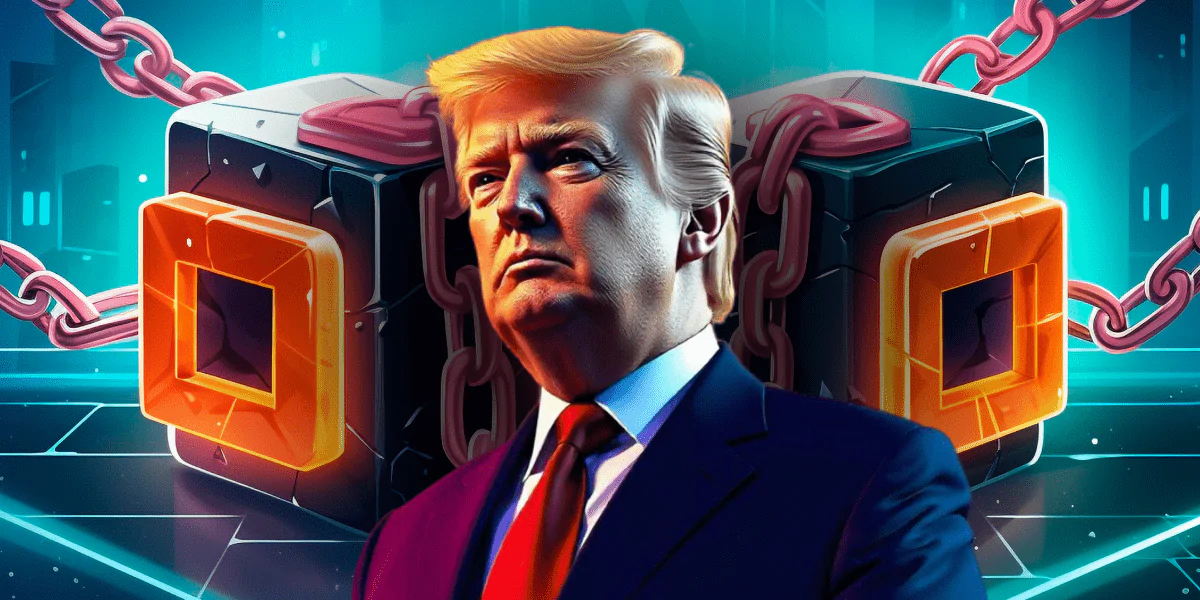Greece has made significant efforts to adopt a tax policy on crypto assets as the use of cryptocurrencies grows globally. In January 2025, the Greek government introduced new tax regulations for cryptocurrency transactions.
04.09.2024

The Trump family has recently announced their entry into the cryptocurrency market with a new project named World Liberty Financial. While the details of the initiative were kept under wraps, a recently obtained white paper sheds light on its structure, revealing a lending platform that closely resembles Dough Finance, a blockchain application that recently suffered a significant security breach.
The Trump family’s foray into the cryptocurrency market has been a subject of much discussion. Despite their efforts to generate anticipation, a white paper that has surfaced provides insight into the project’s goals and structure.
World Liberty Financial Overview
The platform is designed to facilitate decentralized borrowing and lending (DeFi), with a governance token playing a central role in its operation. This token is described as non-transferable, which may pose challenges for trading within speculative markets.
The platform’s structure bears a striking resemblance to Dough Finance, a blockchain application that was compromised in July, resulting in a loss of $2 million. Individuals who were integral to the development of the compromised project are now associated with the latest initiative, raising questions about the potential reuse of code. These include Zachary Folkman, COO, and Chase Herro, the head of data and strategies.
Allegations of Code Reuse
An analysis of an early version of the code, which was briefly available on GitHub before being deleted, suggests that the platform may have incorporated elements from the earlier compromised project. However, it remains unconfirmed whether the final version still includes such elements or whether any vulnerabilities have been carried over.
The involvement of prominent family members and other influencers has been a key feature of the initiative’s promotion. Notably, an 18-year-old family member Barron is highlighted in the white paper as the project’s visionary, reflecting the deep personal investment of the family in this venture.
Security Breach and Scam Promotion
In a related development, the X (former Twitter) account of Donald Trump’s daughter-in-law, Lara Trump, and daughter, Tiffany, were hacked. The hackers used these accounts to promote what they claimed to be the “official” blockchain addresses for the initiative. The fraudulent messages encouraged subscribers to purchase tokens.
Shortly after the posts were made, Eric Trump confirmed that the promoted addresses were fraudulent. The project team issued a warning on their official channels, advising the public to disregard any content from the compromised accounts.
Shifting Stance on Cryptocurrency
Donald Trump’s involvement in the digital finance space marks a significant shift from his previous stance. In the past, he was openly sceptical about digital assets, famously dismissing Bitcoin. However, his current campaign for the presidential election signals a change in approach, with a focus on positioning the United States as a leader in the digital finance sector.
This change in attitude is part of a broader strategy to engage with the cryptocurrency community. The industry has become a substantial force in the 2024 election cycle, with cryptocurrency companies contributing $119 million, making them the second-largest corporate spenders.
Trump’s pivot toward cryptocurrency is also reflected in his repeated sales involving digital collectibles (NFTs), some of which offered buyers the chance to attend exclusive dinners or receive other perks. These NFT sales have been well-publicized and have generated significant revenue.
Conclusion
As WLF prepares for its official launch, it is already facing significant challenges. The allegations of code reuse from a hacked application, combined with the recent social media breach, raise questions about the project’s security and the Trump family’s readiness to navigate the complexities of the cryptocurrency market. The project’s future will likely depend on its ability to address these concerns and deliver a secure, functional product to its potential users.




